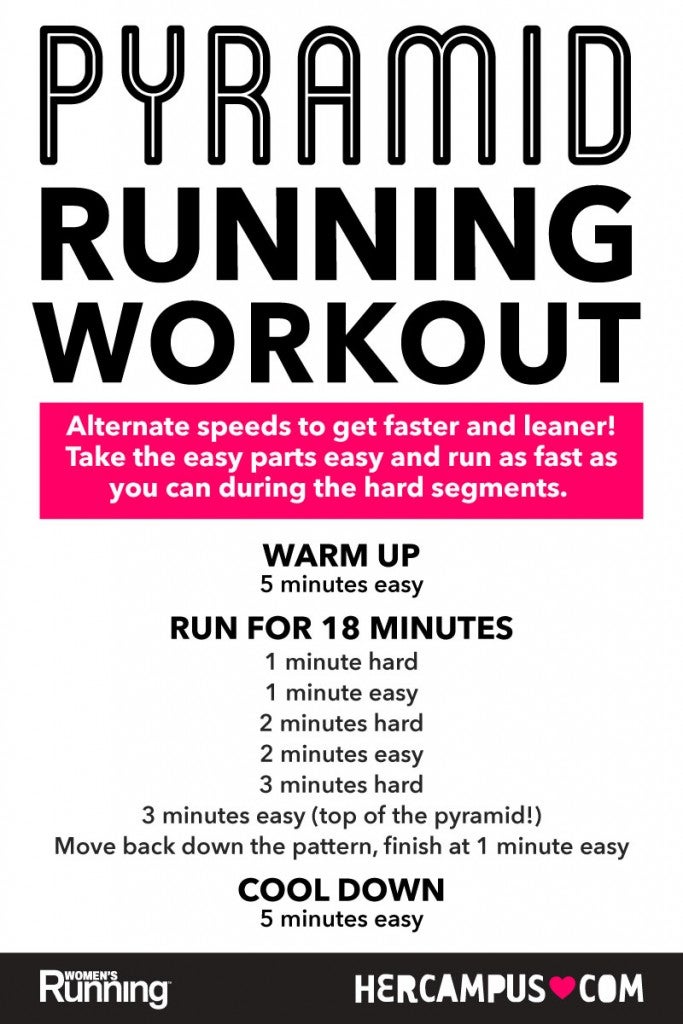Control Your Runs: Proven Strategies for Effective Running Workout
Control Your Runs: Proven Strategies for Effective Running Workout
Blog Article
Exactly How to Prevent and Handle Pain in Running: Professional Tips and Suggestions
As runners, we commonly locate ourselves captured between the enjoyment of pressing our physical limits and the pain that can accompany it. The quest of that runner's high can sometimes be impeded by the unwanted companion of discomfort. Whether you are a seasoned marathoner or a beginner striking the pavement for the initial time, the irritating visibility of pain and pain is a typical . However, there exist proven strategies and professional suggestions that can aid alleviate and take care of these pains, allowing you to concentrate on the joy of running itself.
Significance of Correct Shoes
Correct shoes plays an important role in preventing and taking care of pain for runners, as it significantly impacts their comfort, performance, and overall foot health and wellness. When it pertains to running, putting on the right shoes can make all the distinction. Ill-fitting or inappropriate shoes can result in a host of concerns such as blisters, shin splints, plantar fasciitis, and also much more serious injuries like stress and anxiety cracks.
Choosing the correct running footwear includes taking into consideration aspects such as foot type, gait auto mechanics, running terrain, and individual preferences. Runners with high arches might need even more padding and support, while those with flat feet might gain from security footwear. Additionally, understanding pronation (the inward rolling of the foot) and supination (the outward rolling of the foot) can aid in choose footwear that supply the right degree of arch support.
Purchasing quality operating shoes that are ideal for your individual needs can help stop pain and discomfort while improving your running experience. Prioritizing correct footwear is not practically performance yet also regarding safeguarding your foot wellness in the future.

Reliable Workout Methods
A vibrant warm-up regimen prior to a run aids boost blood circulation to the muscles, enhances versatility, and improves the array of motion of the joints. Dynamic stretches like leg swings, high knees, and hip circles are beneficial in preparing the body for the physical demands of running.
Along with vibrant stretches, integrating some light cardio workouts such as jogging or missing rope can better elevate the heart price and heat up the body. This combination of dynamic stretching and light cardio assists loosen limited muscle mass, oil the joints, and psychologically prepares the runner for the upcoming exercise (running strategy). By making workouts a regular component of your running routine, you can substantially reduce the danger of injuries and execute at your best throughout each run
Key Extending Workouts
When getting ready for a run, incorporating vital stretching exercises is necessary to improve muscular tissue flexibility and prevent injuries - Read More. Dynamic extends such as leg swings, high knees, and hip circles are advantageous for warming up the muscular tissues and raising array of movement before a run. These activities help boost blood flow, loosen her comment is here limited muscles, and prepare the body for the task in advance
Static stretches like calf bone stretches, hamstring stretches, and quadriceps stretches should adhere to a run to assist in muscle mass recovery and protect against tightness. Holding each go for 15-30 secs permits the muscle mass to kick back and lengthen, reducing the threat of post-run discomfort and potential injuries.
Additionally, including yoga postures like descending pet, pigeon posture, and spine spins can target several muscle mass groups simultaneously, promoting total flexibility and toughness. Constant extending regimens not just improve performance yet also assist in maintaining good running form and stopping overuse injuries. Bear in mind, appropriate stretching strategies are vital for a risk-free and enjoyable running experience.
Recovery and Rest Approaches
After finishing a run, carrying out efficient healing and rest approaches is necessary for maximizing performance and decreasing the risk of injuries. One essential facet of recuperation is permitting the body time to rest and fix itself. Appropriate rest is vital as it is during rest that muscles recover and grow stronger. In addition, integrating day of rest into your training routine is important to avoid overuse injuries and burnout.
Energetic recuperation methods such as gentle stretching, foam rolling, and yoga exercise can assist boost circulation, lower muscular tissue discomfort, and enhance adaptability. It is additionally advantageous to focus on hydration and nutrition post-run to restore electrolytes, glycogen shops, and advertise muscle recovery.
Cross-training activities like swimming or biking can offer a break from the recurring influence of running while still preserving cardiovascular fitness - running workout. Listening to your body and identifying when it needs a break is vital to avoid chronic injuries and ensuring lasting running success. Bear in mind, rest is not a sign of weakness yet a crucial component of a well-shaped training regimen
Cross-Training Conveniences

It permits you to function on different facets of physical fitness that might not be targeted entirely through running, leading to a much more well balanced and well-rounded athlete. In addition, cross-training can aid boost running efficiency by addressing muscle discrepancies and weak points that might impede efficiency.
Conclusion
Finally, appropriate footwear, warm-up techniques, stretching workouts, recovery methods, and cross-training are necessary components in stopping and managing discomfort in running. By incorporating these methods into your regimen, you can reduce the threat of injury and discomfort while making the most of efficiency and pleasure of the sport. Read More. Keep in mind to pay attention to your body, prioritize rest and recuperation, and seek specialist advice when needed to guarantee a secure and effective running experience
Report this page